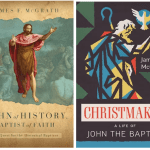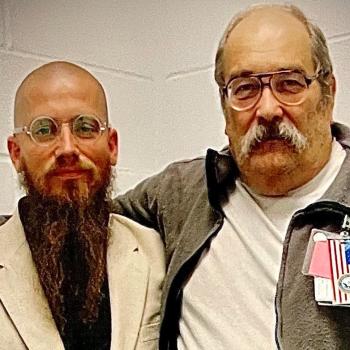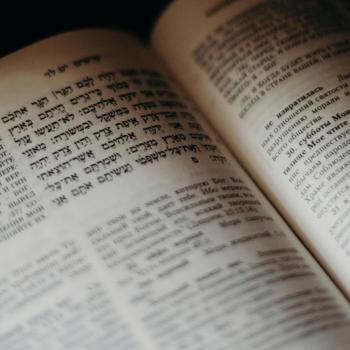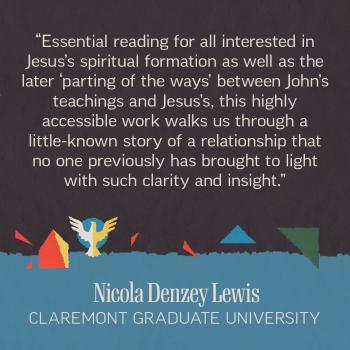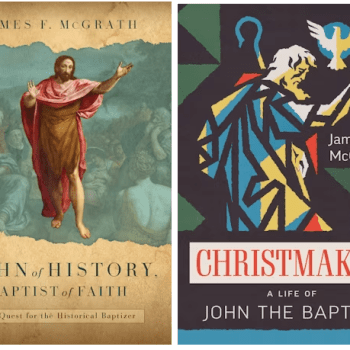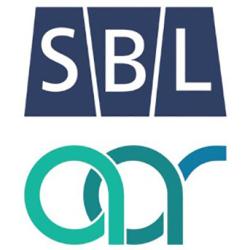There are a lot of misconceptions about John the Baptist. You only need to look for images of him on Google to see it. My new book Christmaker: A Life of John the Baptist shatters many of these while in the process managing to flesh out the story of John’s life and tell it as never before. Sure, there have been fictional lives of John and academic books about John, but never a genuine biography of John the Baptist of the sort that one can find for Jesus, Paul, Herod the Great, Pontius Pilate, and others.
Pictures Worth (or at Least a Useful Supplement to) a Thousand Words
Readers of this blog will recall that I made videos to accompany my book A to Z of the New Testament. That book includes references to Friends and to a commercial featuring Jean-Claude Van Damme, and it seemed appropriate to make videos that also clarified the connections made in the text. My telling of the life of John the Baptist includes stories about visiting places connected with him, and so it seems appropriate this time around to share some photos of my visits to the places from when I was working on the book.
John’s Wilderness was NOT the Desert
One of the major ideas that I challenge in the book is that John was a hermit who lived in the desert. The very word “hermit” in English comes from the Greek word that is used to describe the type of place with which John was associated. It was not necessarily the “desert.” The word does not have connotations of dryness. There with one fell swoop goes the basis for many people assuming that John spent time at Qumran, the Essene settlement that produced the Dead Sea Scrolls. If you visit that site you’ll be shown a video before entering that assumes John spent time there but then left. That’s not impossible but has no actual basis in anything in our ancient sources. The locations that John is associated with in the New Testament are in the wilderness around the Jordan River, areas that were not urban hubs but which were along major travel routes and near crossroads. Take for instance Aenon near Salim. We know where Salim was thanks to ancient sources including the Madaba Map.
I decided to stay as close to that location and to the Jordan River as I could, and that meant staying at a remote kibbutz. It was clear that they rarely get foreign visitors. There is no permanent reception and they assumed that we would know when we arrived that we should simply go to our room and find it open with the key inside. Once we settled in and overcame some of these differences in cultural assumptions, it was a beautiful place to spend time. Walking around the kibbutz I saw a peacock and parakeets, trees with fruit, and lush vegetation. It is easy to imagine what this would be like as wilderness, but it is a very different sort of wilderness than the one with which John is usually associated.
Walking around the kibbutz I was also treated to a display of some inscriptions found on the site, including a Roman mile marker from the century after John. This remote location today was along a major thoroughfare in ancient times, one that the Romans would deem worth paving. It followed the Jordan River allowing safe travel between Galilee and Jerusalem, between Samaria and the Decapolis, with water and food sources available. This was John’s wilderness.
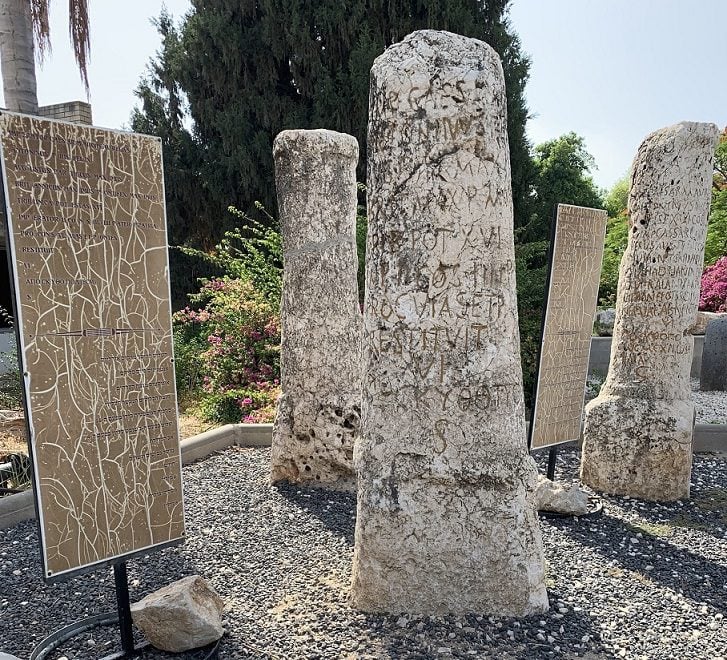
Salim: Cities Come and Go
Salim itself doesn’t look like much today. There is a tel, an occupation mound, indicating a history of settlement. Although the Salem of Melchizedek would later be identified as Jerusalem, this location is a more likely candidate.
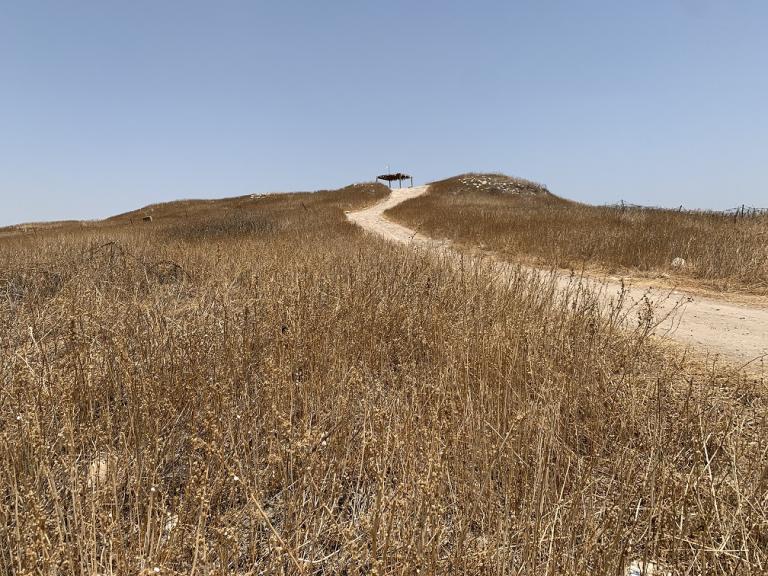
In excavations nearby they found an astonishingly complete bust of the Roman Emperor Hadrian on the site of a Roman garrison. You can see it (and if you’ve visited Israel you probably have seen it) at the Israel Museum in Jerusalem.
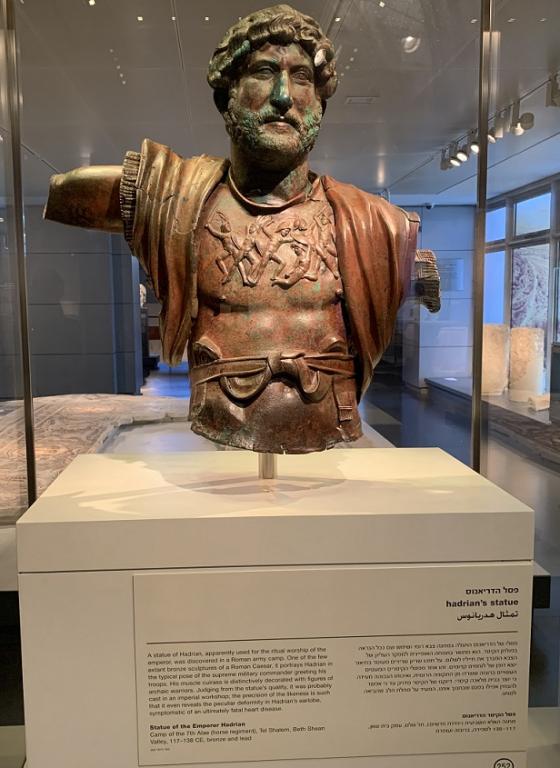
This was John’s wilderness. Not an urban center in his time but along a major thoroughfare, near a major crossroads, and walking distance from, in this instance, the capital of the Decapolis, Beth Shean (Scythopolis), an enormous city with theater, mosaics, colonnades, and more.
There Was Much Water There
The Gospel of John (3:23) tells us that John baptized at Aenon near Salim, meaning the springs near Salim, because there was much water there. I had no idea what that meant until I visited the kibbutz and saw the fish ponds that are fed from those springs. The fish ponds weren’t there in John’s time, of course, but their extent (around a mile of them) indicates the amount of flowing water available.
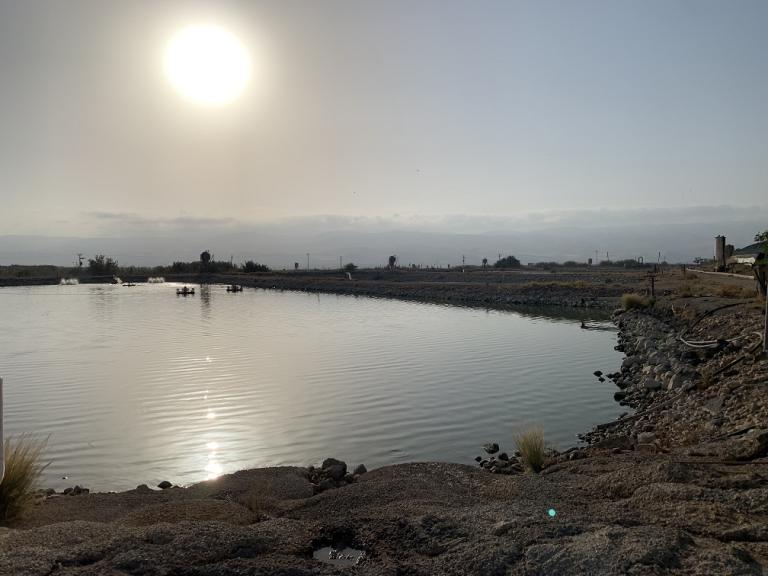
John in Galilee?
I will add that an earlier stop on my trip was Yardenit, where the Jordan River exits Lake Tiberias (mislabeled the Sea of Galilee thanks to the Gospel of Mark) and flows southwards. This location has no historic association with John. Yet when the conflict between Israel and Jordan made the traditional site of Jesus’ baptism inaccessible, the innovative folks at the kibbutz at Yardenit had the idea of setting up an alternate pilgrimage site here, safely in Israel.
It was fascinating what happened when, on my first full day on this John the Baptist themed trip around the Holy, I shared a photo from Yardenit on social media. Yardenit has rails and steps at the Jordan River customized to make it easy for multiple groups to perform large scale baptisms here at the same time. Seeing my photo on social media, a Mandaean friend in Australia wrote to ask whether it would be possible to perform a Mandaean baptism there. I loved the question. Would a Jewish kibbutz marketing a site as that of the baptism of Jesus to Christians allow the followers of John the Baptist to perform a baptism there? What a delightful and remarkable convergence. What is most striking is that this happened in connection with a site that has no historical association with John. Merely the invocation of John’s name in relatively recent times makes it attractive and meaningful to people in very different religious traditions.
Despite there being no historical association between the site and John the Baptist, there might be reason to envisage John being active there. He had a striking number of Galileans among his followers, according to the Gospels and the Gospel of John in particular. Should we not envisage him connecting with them somewhere in or at least very near Galilee? This location, of which I share a couple of photos below, may or may not be precisely one in which John was active. No traditional site could ever hope to have that level of precision, and even if it did the location would inevitably be different today, not only because of the damming of the river to use the lake as a reservoir. This and other sites that I visited nonetheless help to challenge stereotypes and reveal neglected aspects and possibilities related to the life of John.
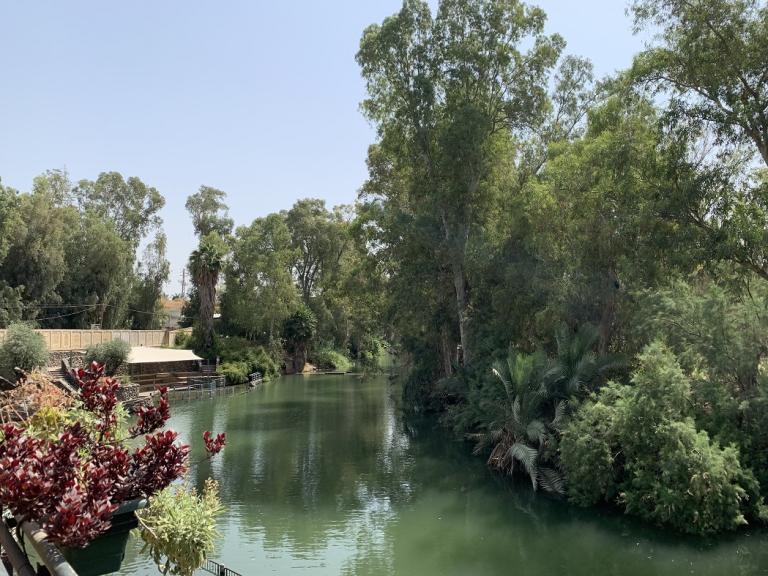
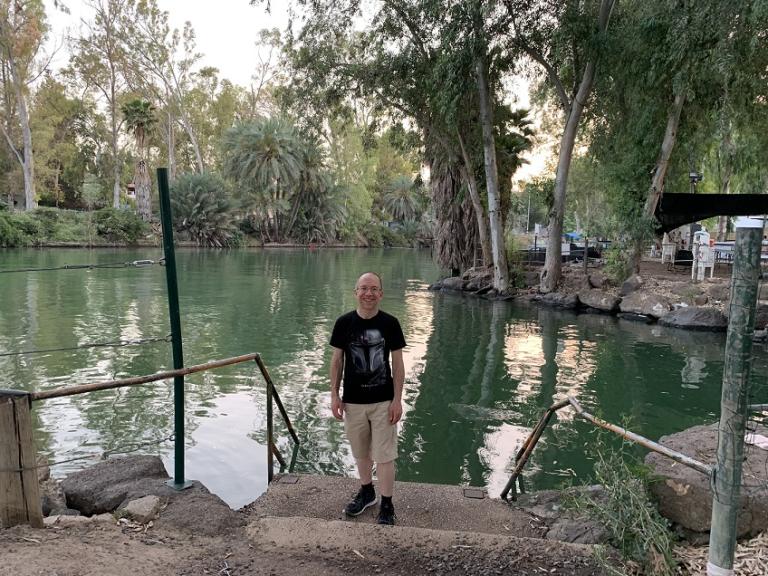
What else would you want to know about the locations of John’s activities? Did the photos and my descriptions of them surprise you? I hope they did, and I hope these photos help to supplement the narrated exploration of John’s life that I provide in my book Christmaker: A Life of John the Baptist. Order your copy today!
Of related interest, I’ve had an article published in Ancient Jew Review exploring why I wrote not just one but two books about John the Baptist and what the difference is between them. I also gave a talk about John the Baptist at this month’s Bible and Beyond Discussion. At the link you can find the video as well as a transcript. It was great witnessing the responses of people to what I presented. It reinforces to me that what I’m offering in Christmaker is not just a tweak on our traditional understanding, but a radically new and innovative one that makes better sense of John, Jesus, and the relationship between them.
I had a delightful conversation with Rick Lee James on his Voices In My Head Podcast.
Here are couple of other YouTube appearances in which I talk about the book. First my conversation with Jacob Berman on the History Valley YouTube channel.
Coming soon:
Eerdmans makes wonderful graphics that highlight things people will learn from their new books. This one connects with the theme of this post.
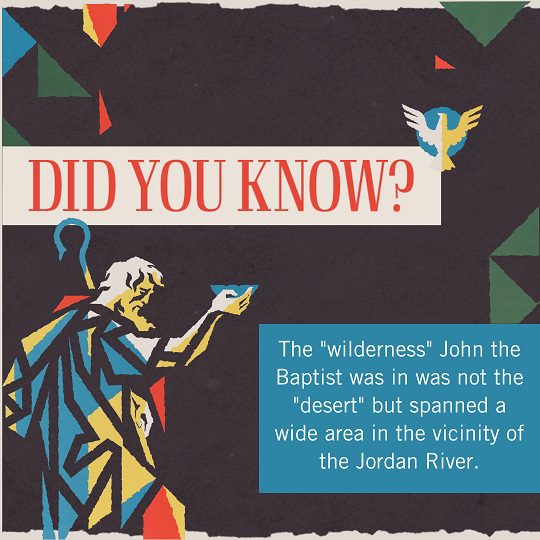
Those of you who know me know that I make parody songs, including in conjunction with new books of mine. This one is no different. Here’s Christmaker. Can you guess what song it is a parody of before listening to it?
There is also a recent podcast about the Mandaeans that came to my attention.



